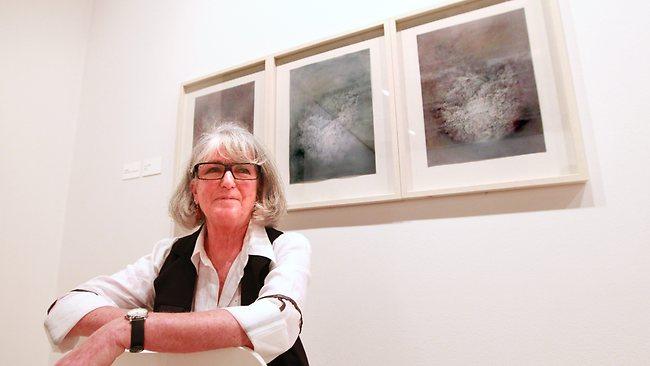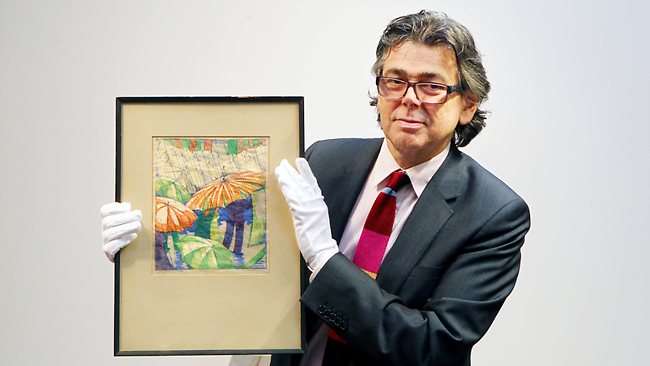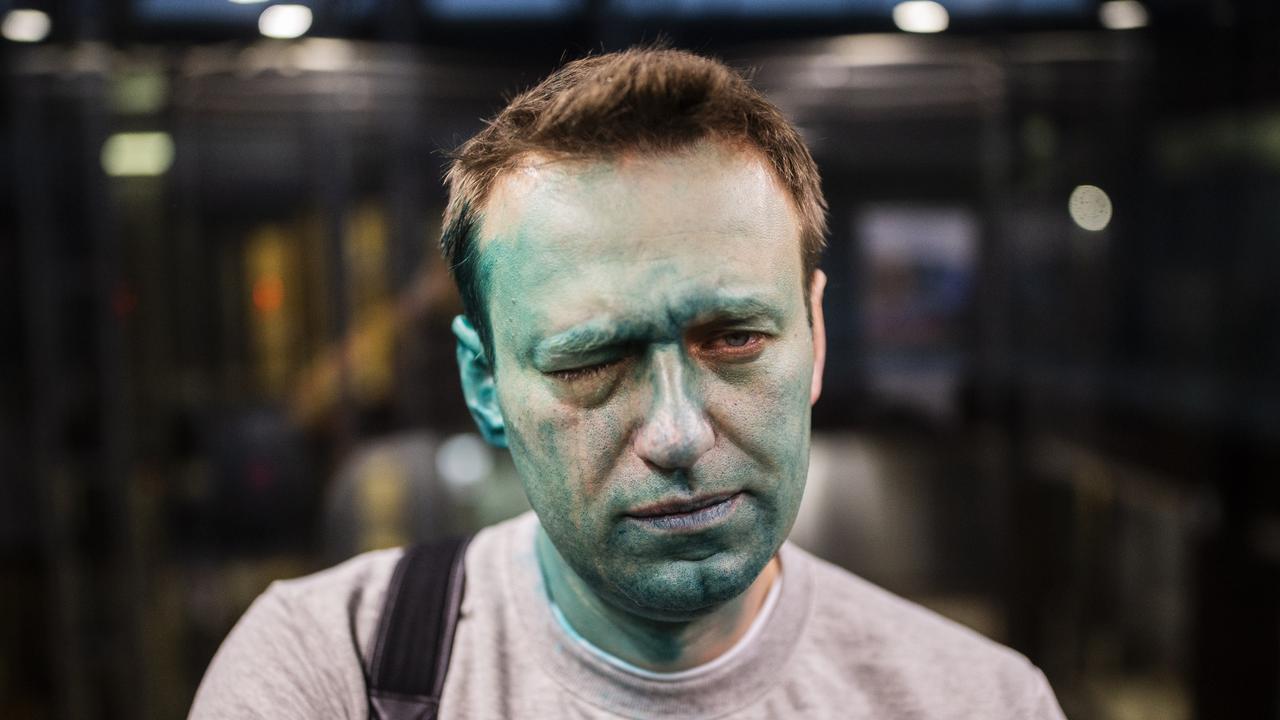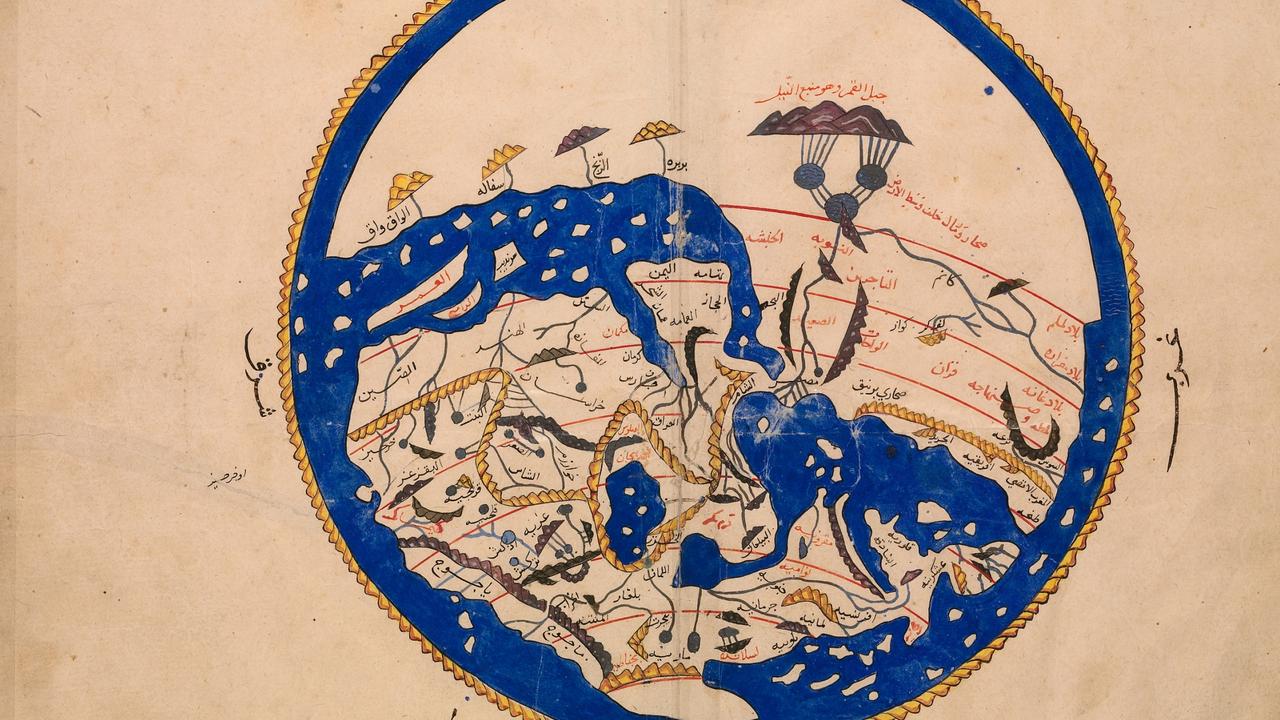Nuanced works draw on the disciplined imagination
CONTRARY to what many people believe, one can learn to draw.

CONTRARY to what many people believe, one can learn to draw. But it requires a mixture of determination and confidence with what some take to be the incompatible qualities of patience, humility and a willingness to submit to the yoke of practice.
Everyone knows this is true if you want to learn to play a musical instrument, but for some reason few really understand the same principle applies to drawing.
Perhaps it is because we see little children drawing with such charm and spontaneity. We imagine this is an innate gift, and it is true children pass through certain predictable developmental stages in the way they picture the world. But this is in a cultural environment surrounded by images, not only in the public domain, but especially in the books they are given from infancy. Children growing without images would not exhibit the same behaviour.
But in any case children reach a point in later childhood and early adolescence at which the charming and spontaneous drawings disappear and are increasingly replaced with kitsch: they learn formulas for big eyes and copy cartoons and commercial art.
The paradise of childish art is lost; the spontaneity is gone and must be replaced with the discipline of drawing, which means understanding materials and reaching out to give an account of the experiential world.
It isn't easy to get the balance right, as can be seen in any drawing exhibition that brings together a variety of artists, such as the annual Dobell Prize. What makes a good drawing is a tautness, a poetic resonance in the relationship between the materials employed and the phenomena represented.
The handling of materials doesn't have to be virtuosic but it has to be responsive. Showy mock technique without substance is worse than mere clumsiness, which is why the abstract drawings tend to look like wallpaper and even the representational ones that are too self-conscious in technique become tiresome.
This is the problem with Godwin Bradbeer's picture, Man of Six Titles: Man of Glass, The Bachelor of Arts, White Man Dancing, Mister Artistico, Transfixed Man, The Wasp 2011. He is talented but his style gets in the way instead of becoming invisible, as it were, in its revelation of the subject. On the other hand, it is easy to be too literal and illustrative, as in Michael Glasheen's Guringai Country or even Greg Hansell's pastel drawing Train Day, Thirlmere.
One way of being too literal is to rely on photography, a deadly trap for artist; instead of engaging with the world in an imaginative way, you end up as the servile copyist of a mechanical picture.
This is the problem with Joseph Felber's huge and at first sight impressive picture of a mountain, in which rock and snow are rendered in black graphite over white-painted plywood, but of necessity following a photographic map.
Superficially different in form but equally photographic in its foundation, is Pei Pei He's scroll of life in a city street: although composed entirely of roughly horizontal pencil lines, the referent is not the world but a snapshot, and the work is correspondingly inert under its superficial animation.
The other way of being too literal is in the banality of the objects chosen. In Reservoir, Berenice Carrington has done a lifesize image of a baby's stroller swathed in mosquito netting. But why? One can ask the same question of John Scurry's Branch: what could possibly induce one to imagine a branch in a plastic bag is a good subject for a drawing?
Are there any drawings that hit the mark? One of the outstanding works is Buckets of Rain, Graeme Drendel's figure of a man carrying two pails of water: the subject is everyday and yet odd, while the style is correspondingly matter-of-fact and understated but somehow imbued with presence. Another that is particularly striking is Rachel Ellis's Evensong, in which a suburban streetscape is rendered in a deep tonal style adapted from Seurat. In these and a few other cases, there is a sense of life that draws you to look more carefully.
In spite of what I said about uninteresting abstracts, Allan Mitelman's Untitled stands out because the work is a collage of share-price tables, balancing conceptual content against pattern.
Anne Judell's winning series, Breath, is also essentially abstract, yet more substantial than the others because of the refinement and care of her technique and because the strange forms she evokes hover between the cosmic and biomorphic, not quite planets in formation, not quite underwater creatures like sea anemones. As Guy Warren, this year's judge, observes, "the chosen work demands attention by calling softly" to the viewer.




